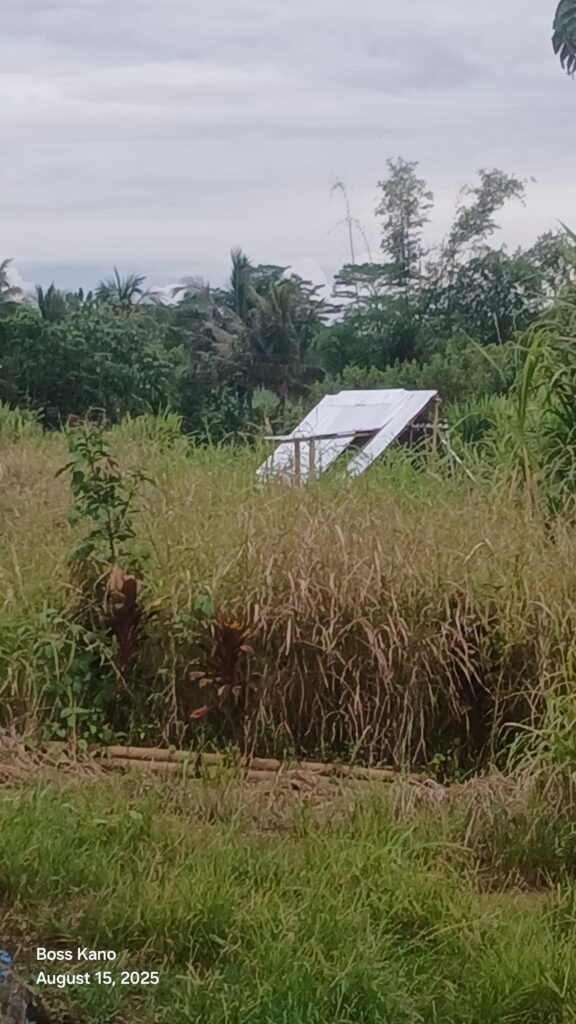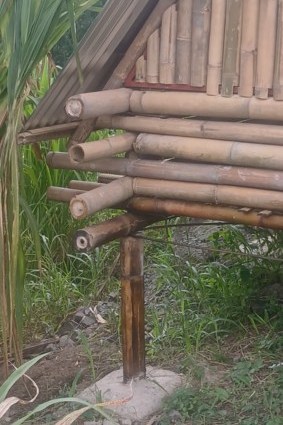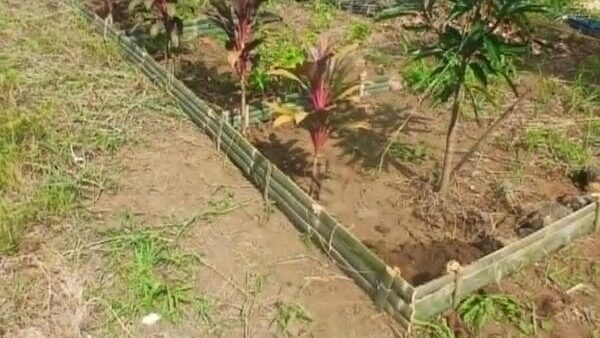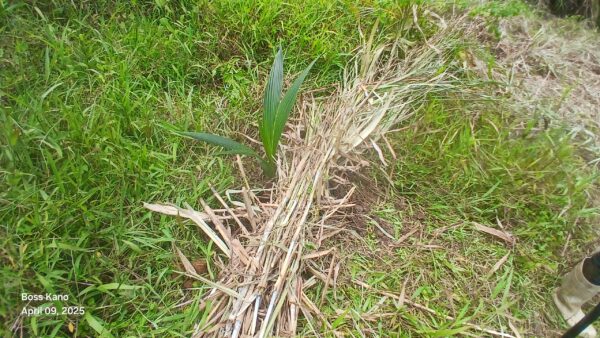A Truckload of Fun!
Ah, bamboo! The plant that’s basically nature’s Swiss Army knife—flexible, strong, and just waiting to be turned into something fabulous. But before you can transform those tall, green giants into chic furniture or trendy decor, you’ve got to get them from point A (the bamboo grove) to point B (your workshop, backyard, or wherever your creative dreams take you). Enter the trusty truck, your new best friend in this leafy adventure!
The Art of Bamboo Hauling
Hauling bamboo isn’t just a task; it’s an art form! Here’s how to master it with style:
- Choose Your Truck Wisely: Not all trucks are created equal. You’ll want something that can handle the height and weight of your bamboo. Think of it as picking the right dance partner—no one wants to be stepping on toes (or snapping bamboo)!
- Wrap It Up: Once you’ve loaded your bamboo, it’s time to wrap it up like a present. Use tarps or netting to keep those stalks from waving goodbye mid-journey. Trust me, you don’t want to be the person who loses half their load on the highway!
- Drive Like a Pro: Remember, you’re not in a race! Take it slow and steady. Those bamboo poles are not just for show; they can be quite the handful if you hit a bump too fast.
- Unloading Shenanigans: When you arrive, it’s time for the grand reveal! Unload with care, and maybe even throw in a little dance to celebrate your successful haul. After all, you’ve just transported nature’s wonder!
What’s your next bamboo project? Let’s brainstorm some ideas!
So, the next time you find yourself hauling bamboo with your truck, remember: it’s not just a chore; it’s an adventure filled with laughter, creativity, and a touch of irony. Now, go forth and conquer those bamboo groves! 🌱





